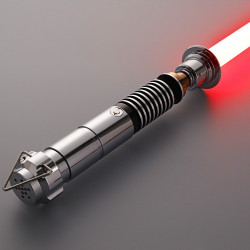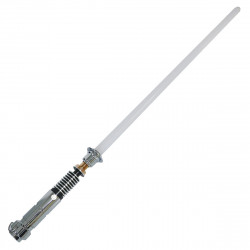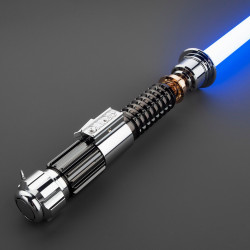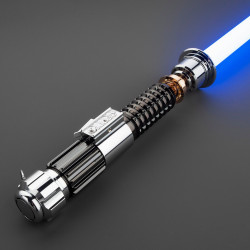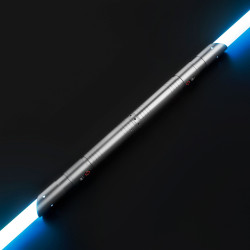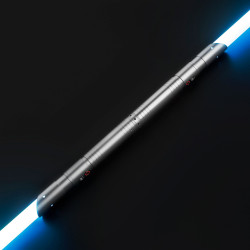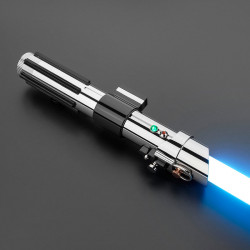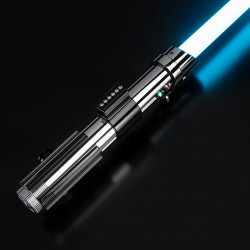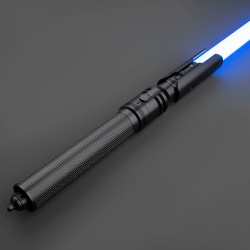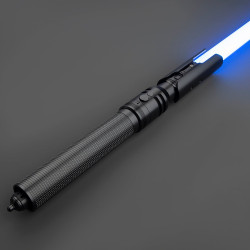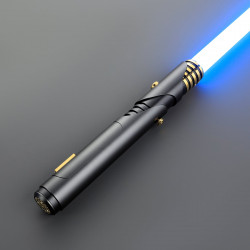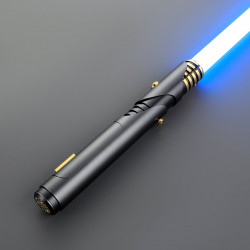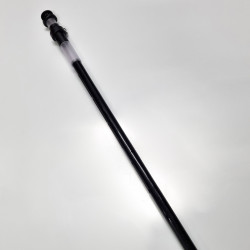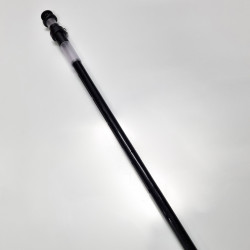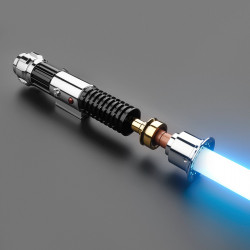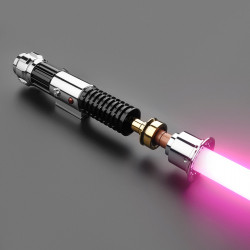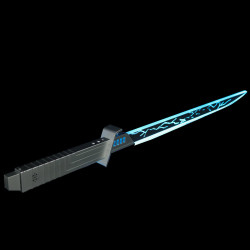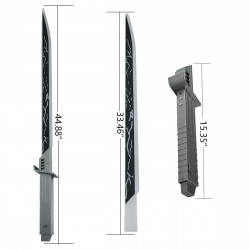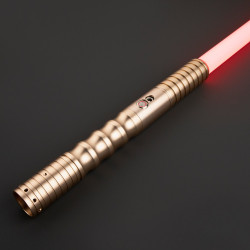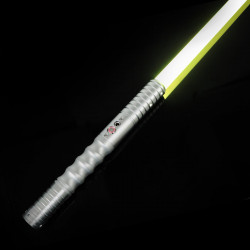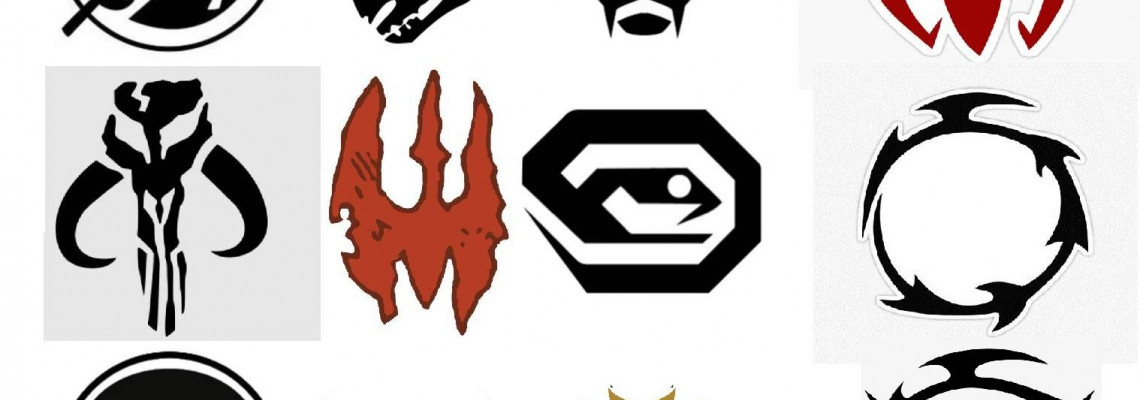
Mandalorian Clan Symbols and Meanings
A well-known warrior race in the Star Wars universe, Mandalorian's are distinguished by their unique armor emblazoned with various emblems. These symbols stand for important Mandalorian ideas like devotion, honor, and strength.
Examining the symbols helps us better comprehend Mandalorian history and beliefs. Mandalorian's are connected to their heritage through these insignia, which range from ancient clans and families to contemporary bounty hunters like Din Djarin.
This article examines the most significant Mandalorian symbols and their meanings, offering a thorough examination of their cultural significance.
The Mandalorian crest (the mythosaur skull)
The Mandalorian crest Meaning
A skull from a legendary animal known as the mythosaur served as the Mandalorian crest. The skull insignia stood for the planet Mandalore, the Mandalorian people, and the head of all Mandalorian clans.
An ancient Mandalorian clan that was known for teaching warriors employed the Mandalorian crest, which was first based on the skull of a master trainer named Jain. They adopted it as a way to pay tribute to the renowned trainer. All contemporary Mandalorian's view the crest as a representation of the mythosaur because the skull of Jaing's species resembled that of a male mythosaur.
The crest of the subsequent Neo-Crusaders was created by combining a different version of the skull symbol with the Mandalorian Crusaders' insignia. The mythosaur skull was also used as the logo for the Mandalorian starship firm Mandal Motors.
Over time, the Mandalorian's adopted the mythosaur skull as a familiar insignia to adorn their banners, armor, and equipment. Some even had the skull insignia permanently inked on their bodies.
Why Don't all Mandalorians Use The Mandalorian Crest Symbol?
The Mandalorian crest emblem, which indicates a person's connection to the planet Mandalore, is rarely seen on Mandalorian's; it is only utilized by armorers or those who can control all of Mandalore. Other Mandalorian's don emblems associated with their own clans' pasts. Din Djarin had no logo since he was a Foundling and not a member of a Mandalorian clan.
This was altered in season 1 of The Mandalorian when Din's armor was created with a symbol of a Mudhorn monster, signifying the moment he and Grogu became linked.
Despite individual logos and symbols, the Mandalorian crest symbol unites all Mandalorian's. This Symbol will likely be seen more frequently now that the Mandalorian's reclaimed control of the planet Mandalore from the Empire following the events of season 3 of the television series "The Mandalorian." Grogu also received the same Mudhorn Symbol on his armor piece in season 3.
The Mudhorn Signet
For Din Djarin and Grogu, the Mudhorn signet has great significance. When Din vanquished the raging Mudhorn to defend the village on Arvala-7, he had the signet of its head forged onto his armor; this new symbol symbolized the point at which Din's and Grogu's destinies were bound together.
In addition to commemorating Din's resolve to bring Grogu back to his kind, the Mudhorn signet also signals the start of their father-son bond, with Din treating Grogu like his own child.
Following Din's example, Grogu had the identical Mudhorn emblem imprinted on his own set of armor, the rondel dyn, in season three. This matching symbol visually represents the inherent link between the two.
Din and Grogu were not members of any clan, although Mandalorian's typically wore emblems associated with their respective clans. Din had no clan of his own because he was a Foundling who Mandalorian's had saved as a child. As a symbol of Din Djarin and Grogu's status as a clan unto themselves—a steadfast alliance more potent than any familial bonds—the Mudhorn became their joint symbol.
Death Watch / Clan Vizsla Symbol
Clan Vizsla's family emblem inspired the Death Watch group's emblem until Pre Vizsla'sook over as its commander and altered it.
The red-colored, stylized hawk that dives down in the Death Watch emblem symbolizes the organization's mission to restore Mandalore's warrior culture under Pre Watch's leadership.
Pre Vizsla enthusiastically embraced this CVizsla'sla sigil as the emblem for his separatist organization when he was appointed head of Death Watch.
Since the group aimed to restore Mandalore's warlike methods in defiance of the pacifist government, the Death Watch insignia thus symbolizes the group's violent nature.
Over time, red, blue, and a plain white hue have all been used to represent the Death Watch emblem, as seen in the television series "The Mandalorian."
The Emblem Of The Mandalorian Crusaders
Founed by Mandalore the earliest at least 24,000 years before the Battle of Yavin, the Mandalorian Crusaders were the earliest known Mandalorian's and utilized this circular emblem.
The emblem, which resembles the Christian Crown of Thorns, stands for the Mandalorian military culture and its obligation to preserve Mandalorian customs.
This circular Symbol's jagged, sharp edges, intended to resemble the spikes and horns found on early Mandalorian armor, demonstrate the warriors' fierceness.
The circular form of the ring symbol symbolizes cycles of power, conflict, and the responsibility of every new generation to preserve Mandalorian tradition, while the pointed portions of the Symbol represent the weaponry employed by Mandalorian's.
The ring symbol's pointed portions stand for the weapons wielded by Mandalorian's, while the circular form itself symbolizes power struggles, battle, and the responsibility of every generation to preserve Mandalorian civil Crusaders' or the Crusaders, fighting was a religious activity, and they regarded their weapons as holy items. They attempted to conquer other worlds.
In conclusion, the Mandalorian Crusaders' circle insignia represented their belief in warriors and their never-ending cycle of conquest. Due to its jagged form, it appeared fierce, akin to their armor. Because of the Symbol, they had to preserve Mandalorian customs for many centuries.
The Emblem Of The Mandalorian Neo-Crusaders
An ancient" band of" Mandalorian warriors known as the Mandalorian Neo-Crusaders appeared during the Mandalorian Wars. Under the leadership of Mandalore the Ultimate, they aimed to unite the Mandalorian clans and launch a "crusade" against the Galactic Republic.
The round emblem on the Neo-Crusaders' armor, which featured a stylized Mandalorian skull in the middle, symbolizes the Mandalore's power to interpret the will of the battle gods. The emblem's sharp points stood in for the spikes on their armor and weaponry.
The Neo-Crusaders launched the Mandalorian Neo-Crusaders' of a formidable foe that would equal their fighting prowess because they desired fame and honor and to test their abilities against formidable opponents. However, Revan and the Jedi Order ultimately overcame the Neo-Crusaders' campaign.
Following the defeat, the Mandalorian clans split apart, but the Neo-Crusader symbolism and idea" persisted," inspiring subsequent Mandalorian generations to seek out new challenges and crusades.
The Jaig Eyes helmet, worn by Captain Rex in the television series Clone Wars, is unique. The markings, which were referred to as "g eyes," are a Man warrior's cultural icon.
The jig eyes sign, which resembles a pair of eyes, stands for strength and respect. Very courageous warriors would receive this distinction from Mandalorian clan leaders, who would respectfully draw the jig eyes on the warrior's helmet.
Mandalorian soldiers assisted in training the clones when the Clone Army was established. The jig eyes sign is one of the Mandalorian customs that they instilled in the clones. Because of his bravery during training on Kamino, the Mandalorian's believed Captain Rex merited this tremendous award.
In the Mando'a Star Wars narrative" Ves," Rex was one of just two clones to be marked with jig eyes. Commander Blackout, who obtained it during special operations training, was one of the shriek-hawks' ordinary clones; the jig eyelids are pretty uncommon.
"Shirek-hawk eyes" is how the Mandalorian language of Mando'a describes jaig eyes. On the planet Mandalore, shriek-hawks were ferocious birds that were distinguished by their loud shrieking. The Mandalorian warriors utilized Mereel's all of the shriek-hawks as Fett'sn of honor because they admitted fierceness. During his training, Captain Rex demonstrated the shriek-hawk's strength and determination, symbolized by the jaig eyes, the reason given this eJango's cultural emblem on his helmet by the Mandalorian trainers.
Jaster Mereel's Sigil (The Symbol On Boba Fett's Armor)
The Mandalorian protector Jaster Mereel's emblem, which is shown on Boba Fett's breast armor, is personal. In the Star Wars Legends story, Jaster saved Boba's father, Jango Fett, after Jango's family was slaughtered on the planet Concord Dawn. Jaster adopted and raised Jango until radicals from the Death Watch gang assassinated him. Jango honored his mentor by wearing Jaster's Symbol on his armor.
Parts of this story have been used in the Disney+ series, although it is not officially part of the canon. Boba Fett referred to his father as a "foundling" when he first met Din Djarin, which is consistent with Jango's adoption history. Additionally, there were codes in the show that corresponded to Jaster Mereel's name. Additionally, the show is preparing to make Jaster's story official canon because Concord Dawn is still a legitimate location in the current Star Wars canon from the Rebels series.
The emblem of Jaster Mereel symbolizes Boba Fett's close relationship with both his father, Jango, and the man who raised him, Jaster. These symbols will probably become even more significant when the Book of Boba Fett series depicts Boba returning to Mandalorian civilization.
Clan Eldar Symbol
In season three of the television series "The Mandalorian," the Mandalorian clan Eldar made an appearance. They fought alongside Bo-Katan Kryze against the Galactic Empire. Members of Clan Eldar, some of whom were members of the Children of the Watch group, are clad in orange, green, and black armor.
The Leonid creature on the Clan Eldar symbol represents traits that the Mandalorians of Clan Eldar held in high regard, such as fierce loyalty, skill, and combat prowess. The symbol also shows the clan's commitment to the Mandalorian cause and their appreciation of the hunting prowess and attributes of the animal, which they felt were appropriate to represent their house.
Frequently Asked Questions
Are there any Mandalorian symbols associated explicitly with specific skills or professions?
Indeed, there are Mandalorian symbols that are mainly connected to particular abilities or occupations. Here are a few examples:
1. Bounty Hunters: green highlights, jaig eye markings.
2. Blacksmiths and Armorers: They probably had unique emblems for their trade that weren't shown in the canon.
3. Warriors/Soldiers: Red accents and a mythosaur skull.
4. Leaders and nobles use clan sigils and gold accents.
5. Law Enforcement: Protectors faction emblems and blue armor.
Are there any symbolic meanings behind the specific colors used in Mandalorian emblems and armor designs?
Indeed, specific colors utilized in Mandalorian symbols, armor designs, and other cultural components have significant implications. Red, for instance, is associated with Mandalorian warrior culture and battlefield carnage, and red bear armor was only worn by seasoned fighters and clan leaders who had witnessed a great deal of fighting.
Do the Mandalorian's put their symbols on buildings, weapons and other things they make?
Indeed, the Mandalorian's' emblems, which stand for their clan groups and warrior past, are used on their structures, weapons, and other items.
